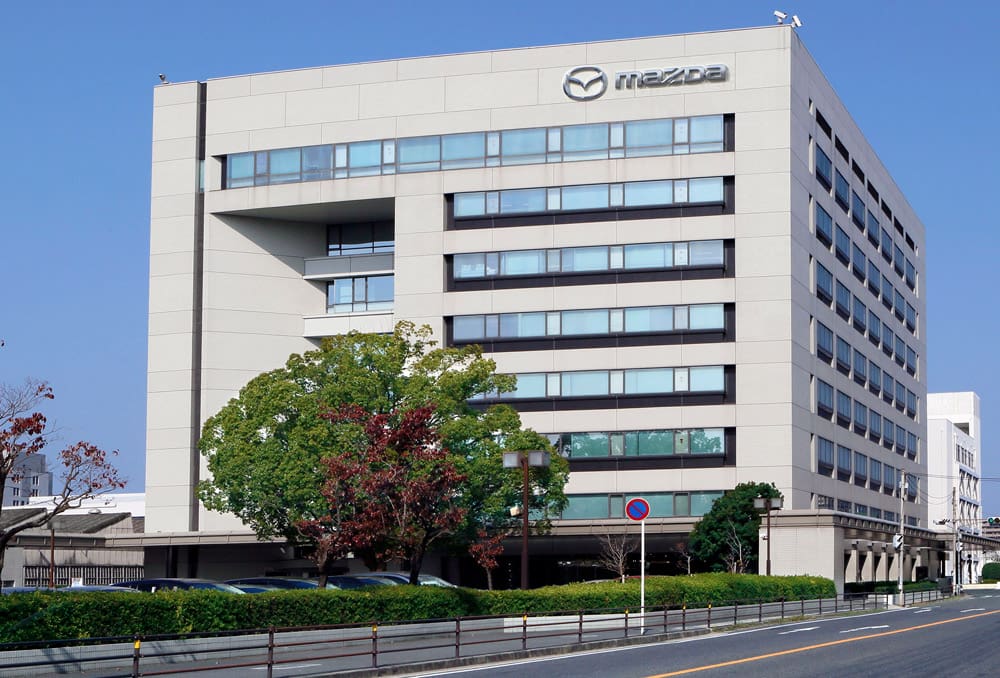



The range-extender will recharge the battery when necessary to increase the vehicle’s driving range, eliminating the range anxiety which continues to trouble a high percentage of battery EV users. The rotary engine’s small size and high power output make multiple electrification technology solutions possible via a shared packaging layout. Taking advantage of the rotary engine’s compatibility with gaseous fuels, the rotary-powered range extender is designed to also burn liquefied petroleum gas and provide a source of electricity in emergencies.
Expecting that internal combustion engines combined with some form of electrification will account for 95 per cent of the vehicles it produces in 2030 (with battery electric vehicles accounting for the remaining five per cent), Mazda will continue to focus on maximising the efficiency of the internal combustion engine. Mazda is committed to reducing its corporate average ‘Well-to-Wheel’ CO2 emissions to 50 per cent of 2010 levels by 2030, and to 90 per cent by 2050. But the company is also committed to the principal of the right solution at the right time and, since energy availability and automotive power source fitness vary from region to region, in the right place.
Clearly, the electric power generation system in any given region determines how much an EV can contribute to ‘Well-to-Wheel’ reductions in CO2 emissions. And with CO2-emitting thermal power generation still globally predominant, a goal to reduce those emissions is likely to diversify fuel options in the immediate future.
In addition to alternative fuels including compressed natural gas, liquefied petroleum gas and even hydrogen, the automotive industry is also researching the viability of recyclable liquid fuels such as biofuels from microalgae growth. Mazda considers the development of the latter critical to achieving the carbon neutrality of cars powered by the internal combustion engine, and is already involved in joint research projects and studies with the Tokyo Institute of technology and Hiroshima University as part of an ongoing, industry-academia-government collaboration.
Mazda hopes to further the contributions of its ‘Sustainable Zoom-Zoom 2030’ vision to society by sending EVs with the range-extender to areas affected by natural disasters, providing LPG-generated electricity for those in need.
Ever committed to the pursuit of driving pleasure, Mazda will also be exploiting the advantages of electric drive in combination with the company’s proprietary technologies to produce EVs that not only comply with ever tightening environmental restrictions, but also fulfil its ongoing commitment to Hashiru Yorokobi -the ‘exhilaration of driving’- through its Jinba Ittai driver and car as one design and engineering philosophy.
© Motorworld Media 2023
Registered Office: 4 Capricorn Centre, Cranes Farm Road, Basildon, Essex. SS14 3JJ
Company Number: 8818356
Website designed by Steve Dawson